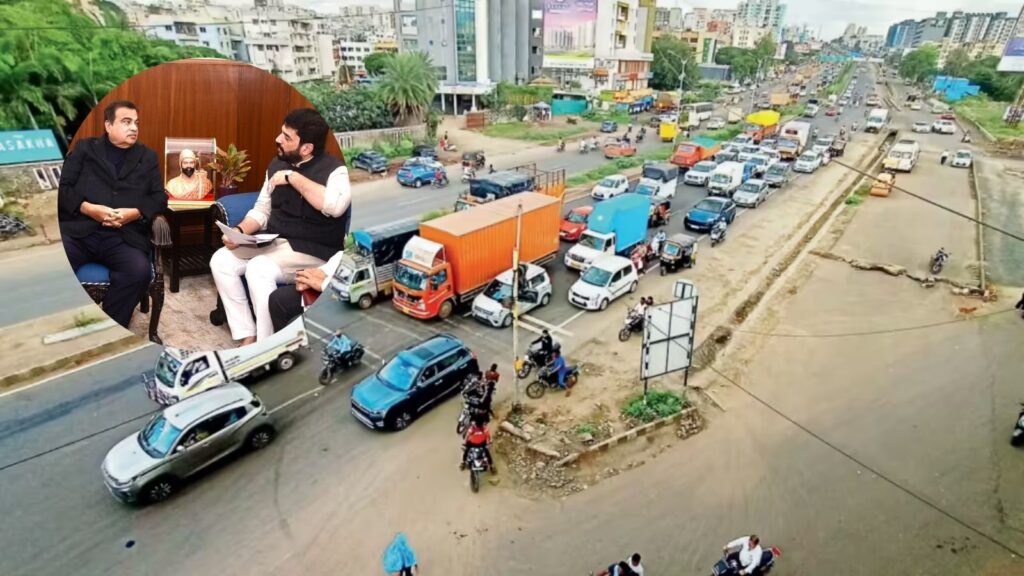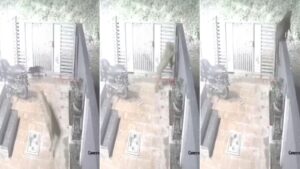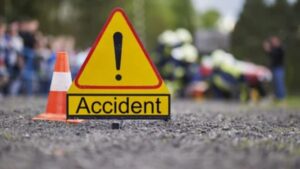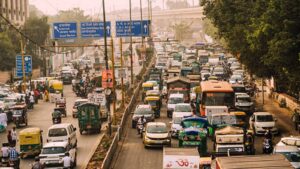Navale Bridge Accidents: Gadkari, Mohol and Pune Authorities Push Urgent Safety Overhaul After Fatal Crash

Pune: Navale Bridge accidents have once again triggered swift action from government and civic agencies after a deadly crash on November 13 claimed eight lives and left several others injured. The stretch on the Pune Bengaluru Highway has been flagged as a high-risk black spot for years, mainly due to overspeeding heavy vehicles, steep gradients and inconsistent enforcement.
Union road transport minister Nitin Gadkari has directed the National Highways Authority of India to carry out immediate safety measures along the Navale stretch. This followed a meeting in New Delhi where Union minister of state and Pune MP Murlidhar Mohol submitted a detailed report compiled after discussions with PMC, PMRDA, district administration, police and NHAI officials. Mohol said the minister responded positively and assured prompt action to stop frequent accidents.
Alongside highway interventions, PMPML has begun a system-wide safety overhaul. Measures include shifting the bus stop near Navale Bridge to reduce congestion, deploying staff to guide commuters, enforcing a 30 kmph speed limit on the bypass and building safer shelters. The transport body has also ordered fire safety audits, scrapping of older buses, compulsory daily breath-analyser checks and a revived communication system to clear breakdowns faster. Five towing cranes will be deployed, backed by contractor support.
Investigations into recent crashes highlight overspeeding on slopes and possible mechanical issues in heavy vehicles. One truck involved in the latest accident is suspected to have been travelling downhill in neutral, causing the driver to lose control. Officials are tightening checks on overloading and brake failures, especially at toll plazas such as Khed Shivapur.
Some of the key steps now in motion include:
- Rumble strips, barricading and improved signage at accident-prone points
- Strict speed enforcement and calming measures on steep slopes
- Tighter checks on overloaded heavy vehicles and mechanical inspections
- Shifting bus stops, improving shelters and deploying staff at key junctions
- Fire safety compliance, scrapping old buses and faster breakdown response
Why Navale Bridge remains a danger zone
The bridge sits on a steep gradient that sees a mix of high-speed highway traffic and local city commuters. Frequent lane-changing, overspeeding trucks, braking failures and congestion at merging points have led to repeated pile ups. Residents have long complained about the lack of consistent enforcement and engineering fixes to manage speed and vehicle load.
What commuters can expect next
Short term measures like signage, speed checks and route changes will be visible soon. Larger engineering solutions such as redesigning road geometry and enforcing stricter mechanical checks will take longer. Agencies plan coordinated monitoring of the stretch through police, RTO, NHAI and civic departments.
Authorities have urged commuters to follow speed limits, avoid tailgating on slopes and report unsafe heavy vehicles. Public awareness campaigns and stricter enforcement are expected in the coming weeks.
Navale Bridge accidents have exposed long standing safety gaps. With simultaneous action from Union ministers, highway authorities and city transport agencies, officials say the immediate focus is on reducing speed, improving road design and removing poorly maintained heavy vehicles from the route.









